Power strips may seem like the ultimate convenience — plug in your phone charger, a lamp, maybe even your coffee machine, and voilà! Everything powers on as expected. But while these devices make our daily lives more efficient, they also come with hidden risks that are often underestimated.
Not every electrical device belongs on a power strip. In fact, plugging in the wrong appliance could lead to dangerous consequences — from overheating to electrical fires. Here’s a closer look at which devices you should avoid plugging into your power strip, and why safety should always come first.
Why It Matters: More Than Just a Tripped Breaker
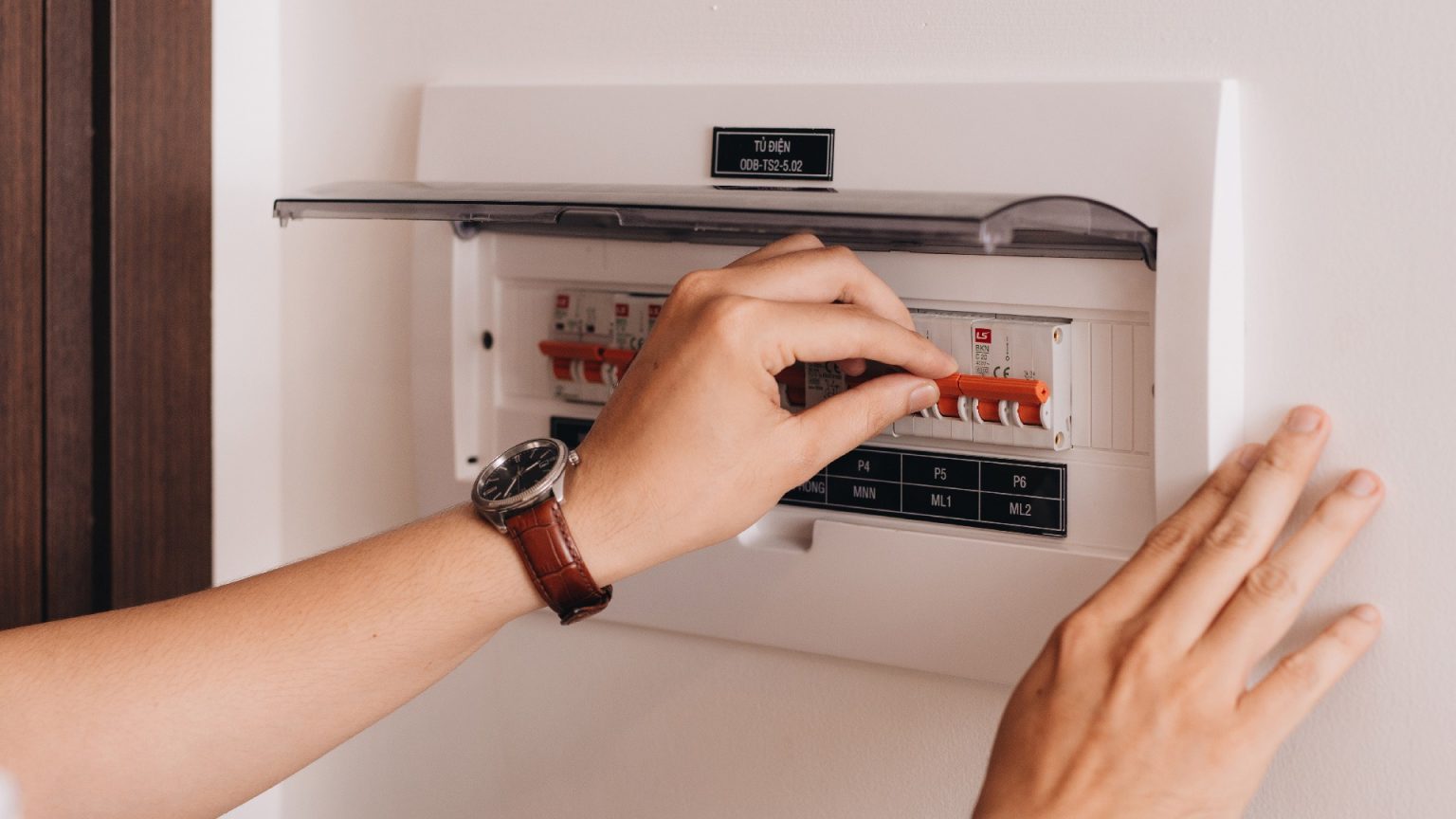
When too many high-consumption devices are plugged in at once, especially into a low-quality power strip, the system can become overloaded. What starts as a flickering light or a warm plastic casing can quickly escalate into a melted cord, burnt outlets — or worse.
Let’s break down the most common culprits:
1. The Toaster — Small Size, Big Demand
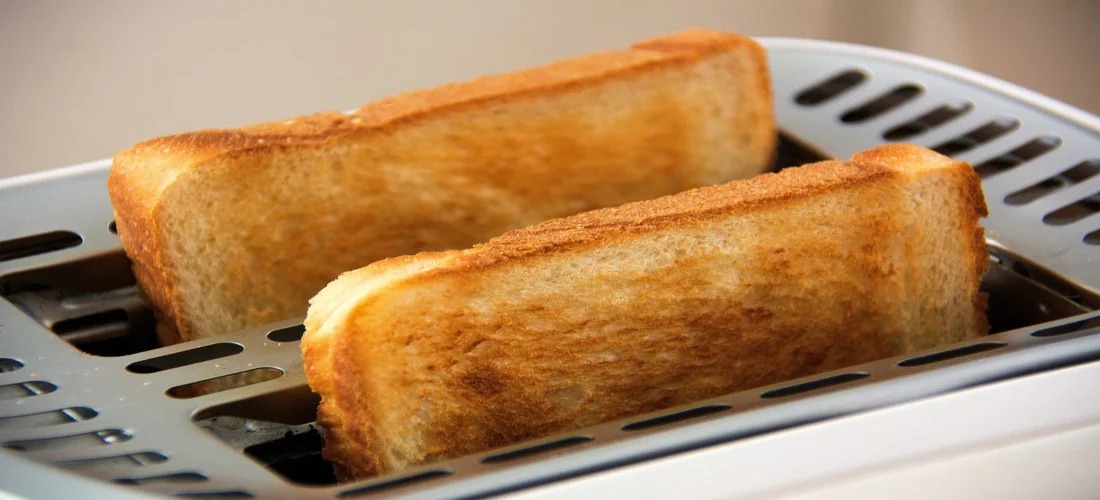
That morning slice of toast may seem harmless, but your toaster is an energy-hungry appliance. It draws high wattage quickly and intensely, especially during the heating cycle. Plugging it into a power strip alongside other devices is a recipe for overload. Best practice? Always use a wall outlet.
2. Space Heaters — Cozy but Costly (Electrically Speaking)
Portable electric heaters are notorious for their high power draw. While they offer quick warmth in cold months, they also pose a serious risk when connected to a power strip. Over time, the strip may overheat and become a fire hazard. Instead, plug heaters into a single, dedicated wall outlet — preferably one with built-in thermal protection.
3. Portable Air Conditioners — Cool Comfort, Heavy Load
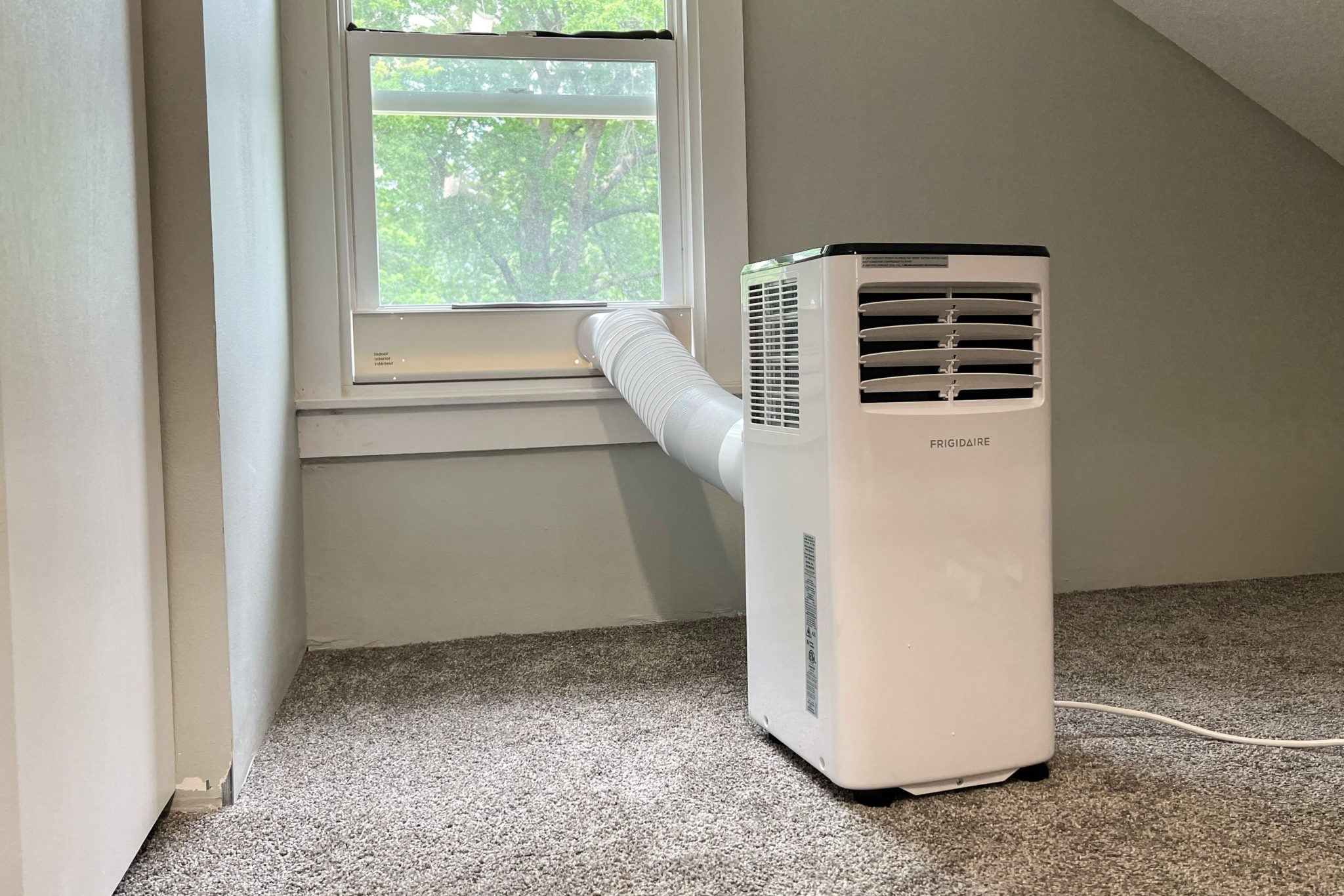
Just like space heaters, portable AC units consume large amounts of electricity. Plugging one into a power strip can cause it to overheat or short out entirely. For safety and optimal performance, always plug air conditioning units directly into the wall.
4. Vacuum Cleaners — Power Spikes You Might Not Expect
You might only use your vacuum for quick cleanups, but its startup power surge can put a lot of stress on a shared power strip. Occasional use won’t necessarily cause immediate problems, but if other devices are connected at the same time, you may push the strip past its limit. A dedicated wall outlet is the smarter choice here too.
5. Desktop Computers & Peripherals — A Hidden Power Cluster
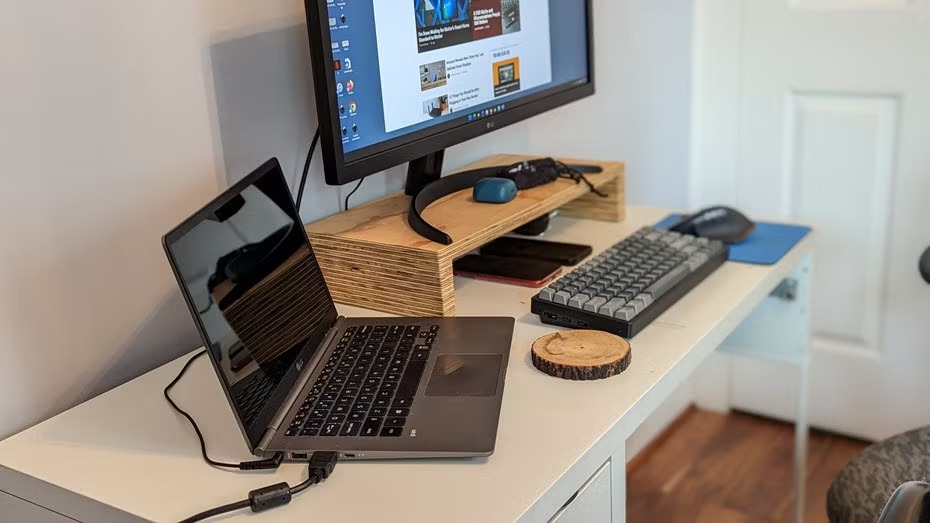
Your computer setup may seem modest, but the combined power usage of your CPU, monitor, printer, and speakers adds up quickly. A basic power strip might struggle to keep up — and one surge could take out your whole workstation. The solution? Use a surge-protected strip designed for electronics or spread devices across separate outlets.
5 Must-Follow Power Strip Safety Rules
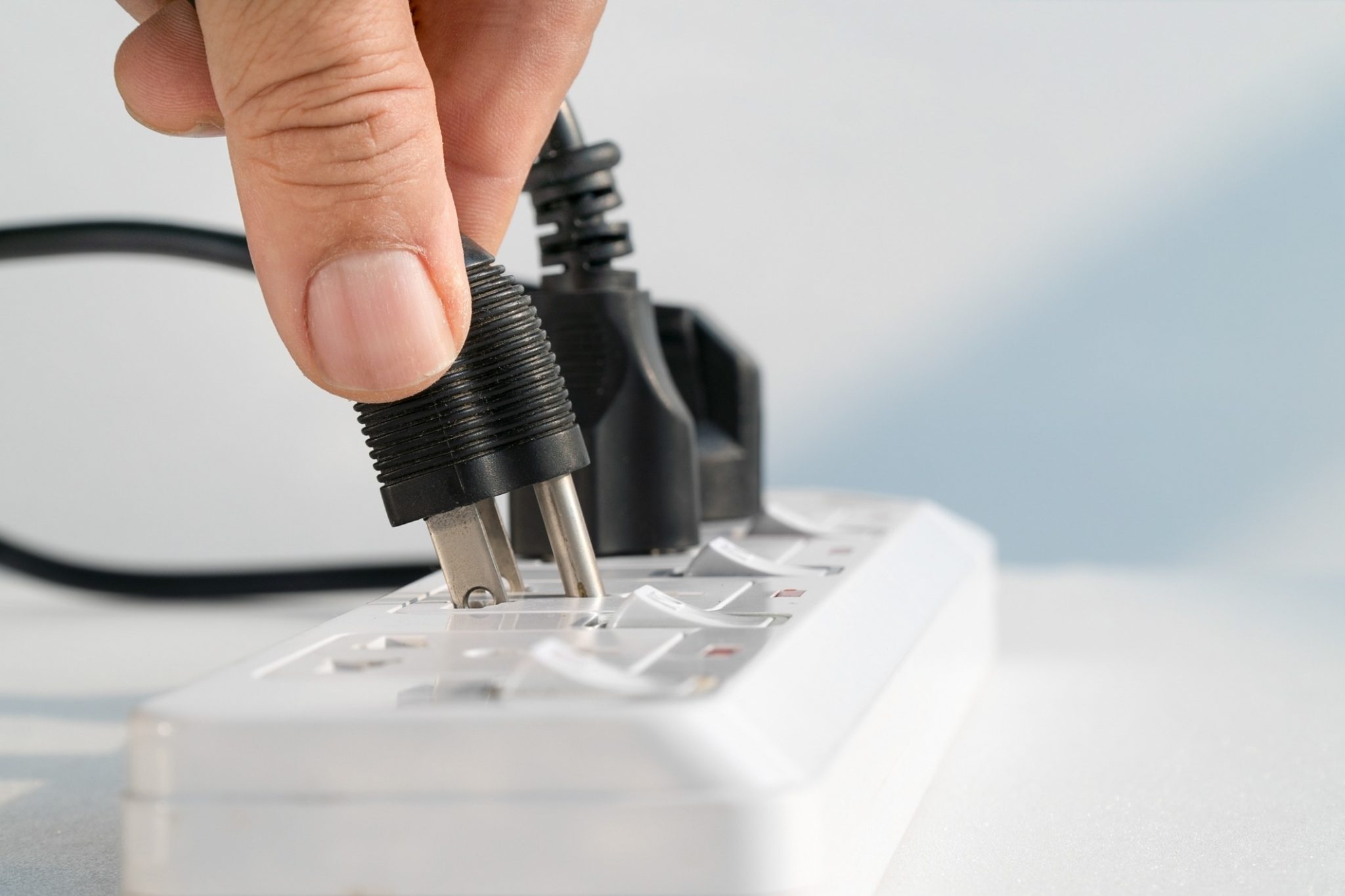
- Never daisy-chain power strips (i.e., plugging one into another).
- Check the temperature: a slightly warm strip is okay, but heat buildup is a red flag.
- Look for certified models (CE, UL, or equivalent) with overload protection.
- Avoid cheap or unbranded power strips — quality matters.
- Unplug unused devices to reduce idle power draw and fire risk.
The Bottom Line
Using a power strip isn’t inherently dangerous — but misusing one definitely can be. Always consider the wattage and sensitivity of your devices, and when in doubt, plug heavy-duty appliances directly into the wall. It only takes one mistake to turn convenience into catastrophe — but with a few smart habits, your home stays both powered and protected.